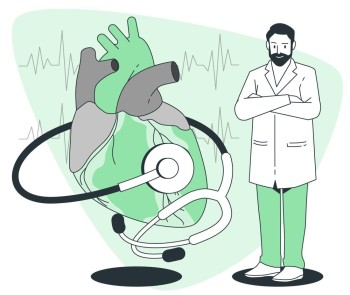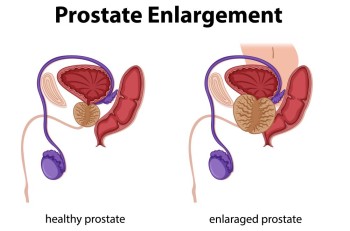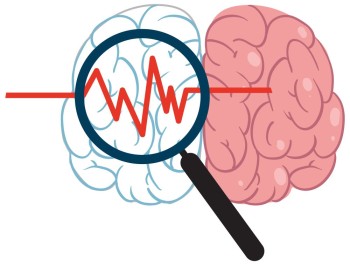
₹6,400
₹8,000
Defecography is a diagnostic imaging procedure used to evaluate the anatomy and function of the pelvic floor, particularly during bowel movements.
Category:
MRI Scan



